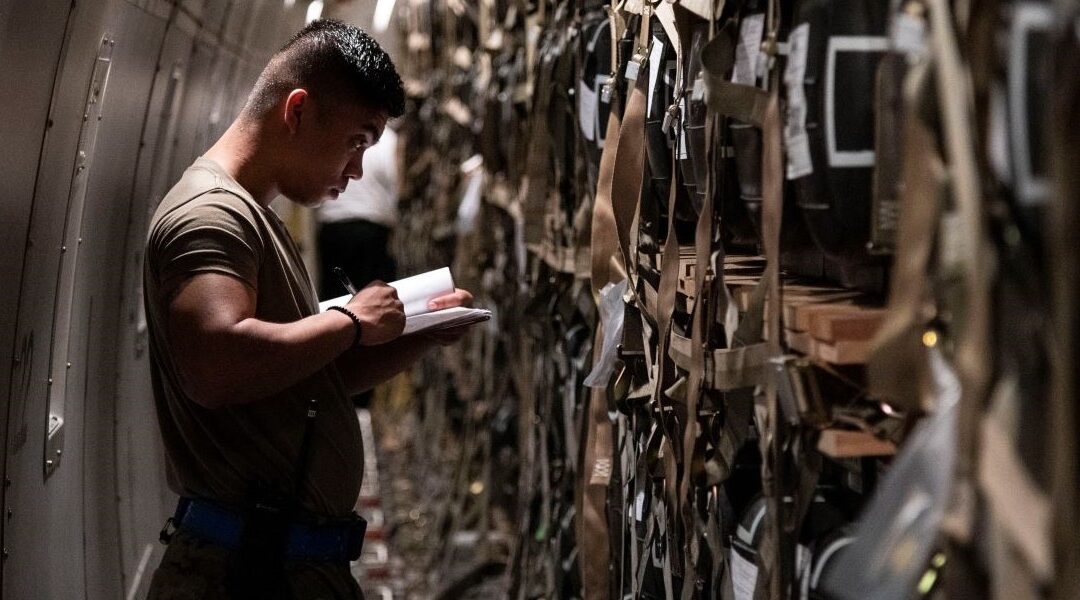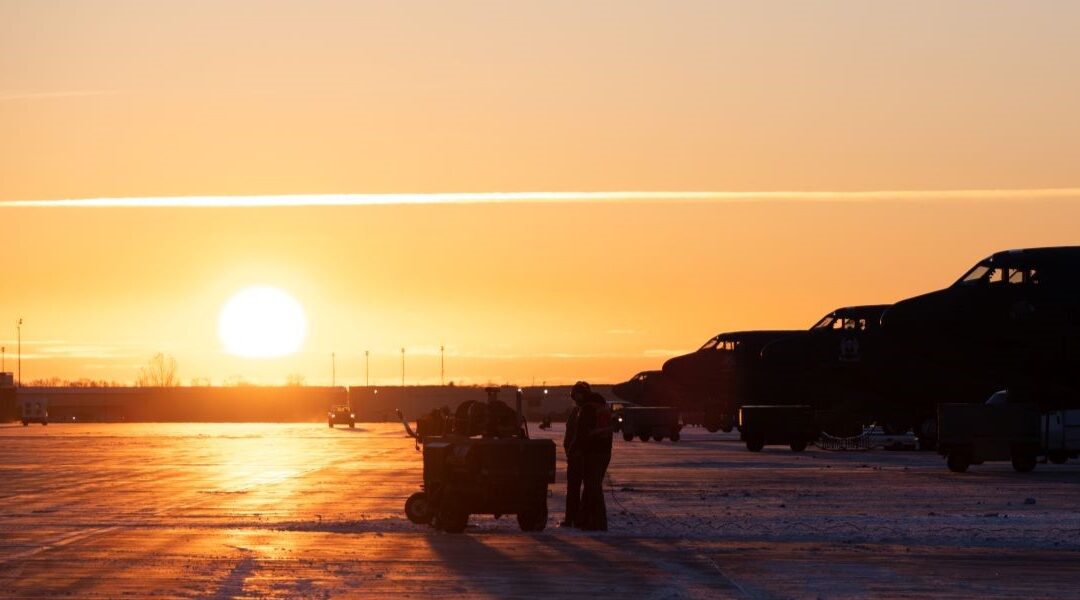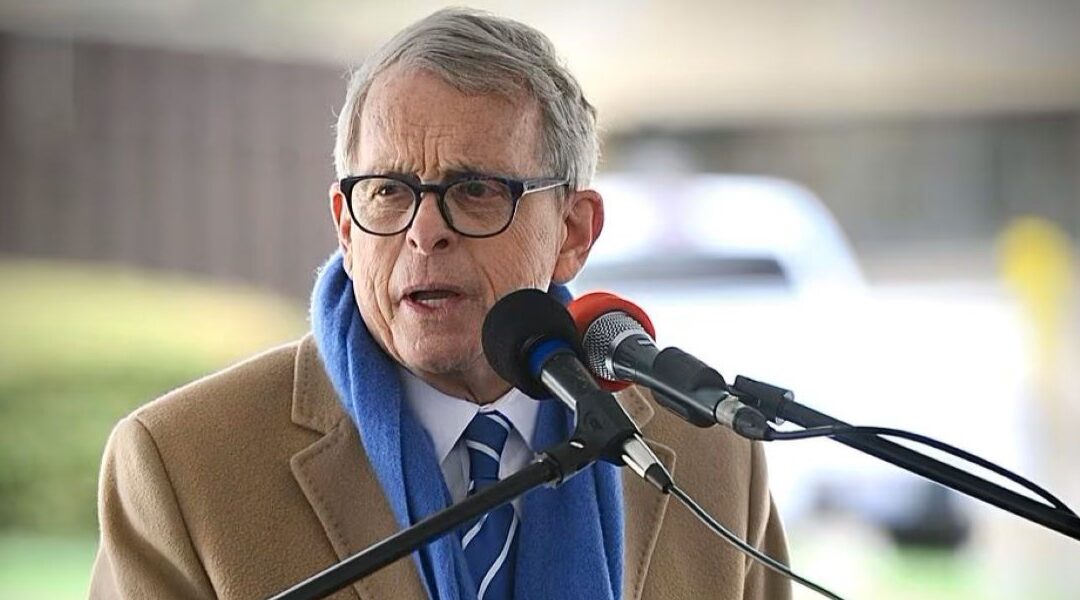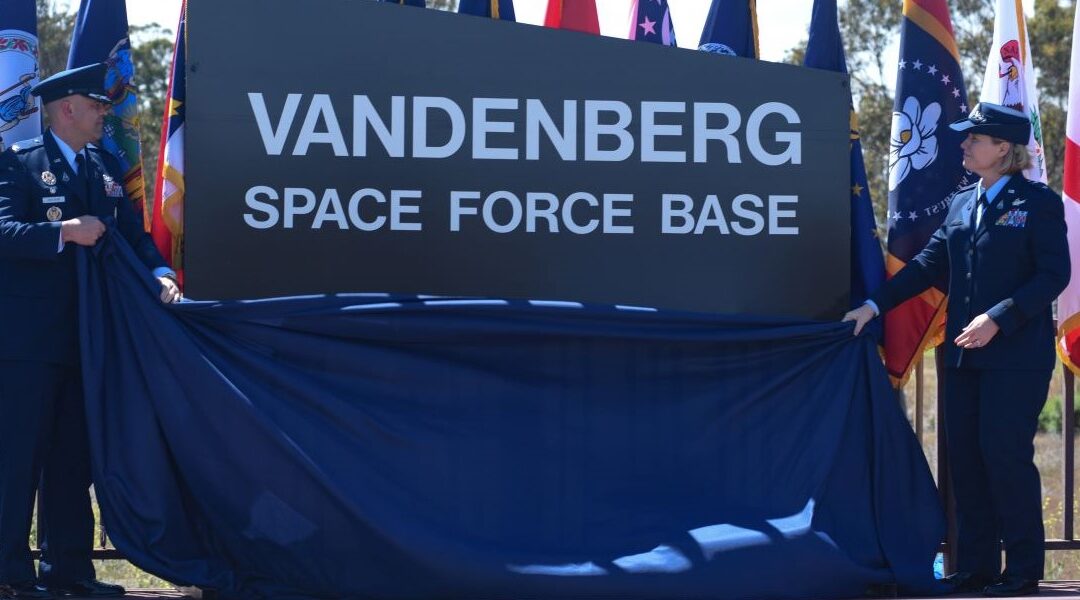Maureen Casey is the chief operating officer for the Institute for Veterans and Military Families at Syracuse University. She will join Sen. Martha McSally (R-Ariz.), Rep. Jimmy Panetta (D-Calif.) and others in a summit general session: “The Impact of the Military-Civilian Divide and Great Ideas to Bridge it,” Tues., June 11.
We’re hearing more in the news lately about an increasing military-civilian divide. What is this divide?
The military-civilian divide most commonly describes the disconnection service members, their families and veterans feel from the civilian population they serve and protect. It also represents a lack of understanding of the military by those who have never served in the armed forces. Generally it is characterized as an unintentional lack of empathy, shared life experiences and inability of the civilian population to identify with those who have served in the military. But it’s also about how these veterans return to communities after serving, how they reconnect to the civilian world.
What’s the impact of this growing divide on our national security and ultimately society at large?
The growing military-civilian divide, if not addressed, could have a profound impact on our national security. It could undermine the foundation on which our present-day military is built – the recruitment, development and sustainment of a professional, capable and superior all-volunteer force.
The divide is further complicated by a decrease in the public’s understanding and connection to the military. Less than 1% of the population are in the military, compared with about 9% during World War II.
The possible broader societal impacts of a growing military-civilian divide could be significantly damaging. Any decrease in personnel or reduction in mission would have a tangible impact on the state of the economy, and that holds true for most all communities that have a significant military presence.
How can individuals and organizations engage toward bridging the military-civilian divide?
Make a concerted effort to get involved and take action. Be one in your community or at your work place to lead in connecting with veterans, service members and their families. Most, if not all, installations have a community relations office. Get to know the people in that office. Invite them, service members and their families to community functions. It’s about building relationships, and the onus really lies with the community members to lead that effort.
Part of a series highlighting the faces and ideas of the upcoming ADC 2019 Defense Communities National Summit in Washington, June 10-12

Senate Passes National Security Package; Pentagon Ready to Send Aid to Ukraine
The Senate passed the House’s version of a foreign aid package Tuesday night and sent it to President Biden, who said he will sign it. “A bipartisan majority in the Senate joined the House to answer history’s call at this critical inflection point,” President Biden...





